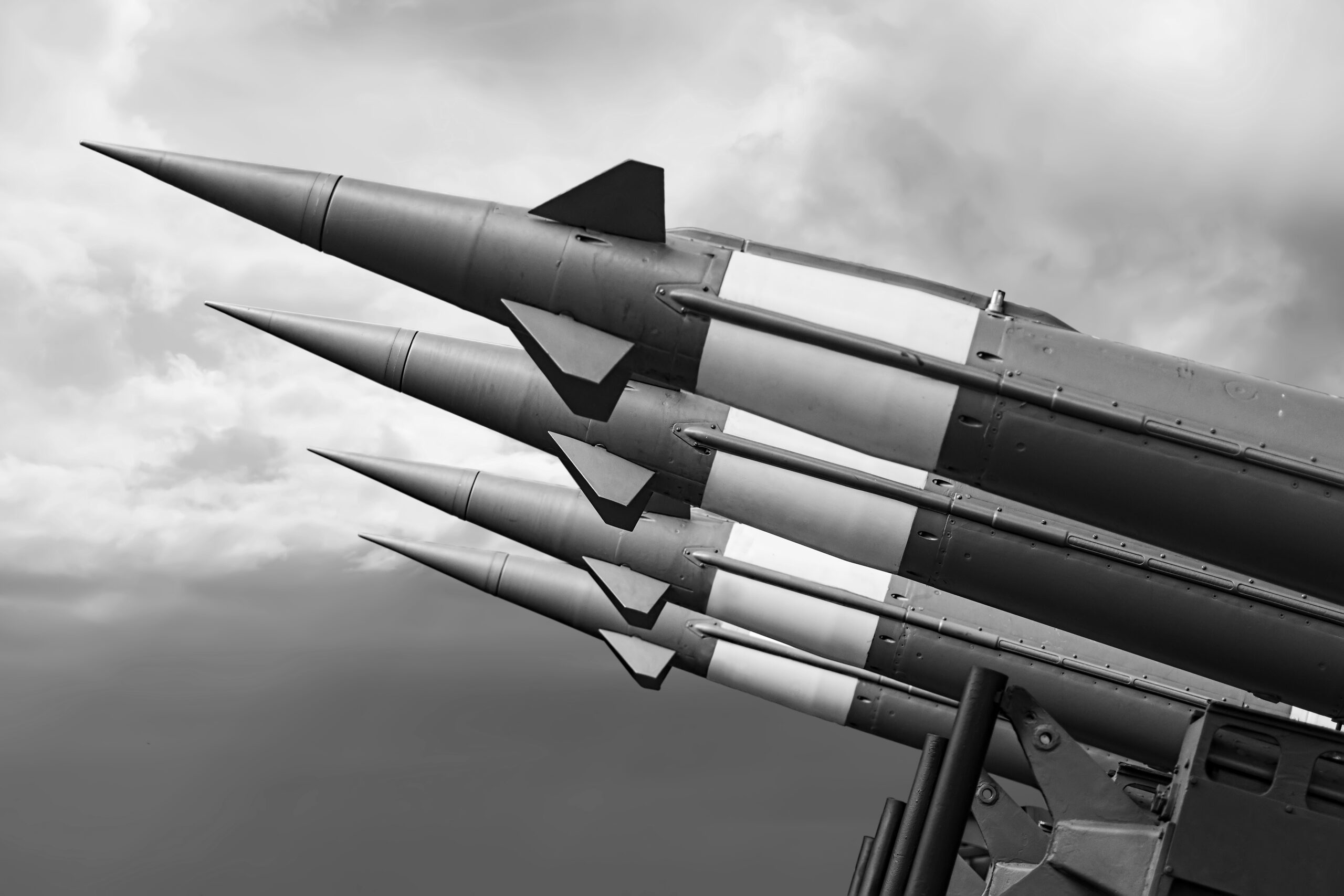The Central Asian Nuclear-Weapon-Free Zone (CANWFZ) Treaty, which came into force in 2009, represented a significant advance in international efforts to limit nuclear proliferation. Initiated by the five Central Asian countries—Kazakhstan, Kyrgyzstan, Tajikistan, Turkmenistan, and Uzbekistan—it aims to enhance regional and global security by guaranteeing that the region remains free of nuclear weapons. In May 2014, all five Permanent Members of the UN Security Council signed a Protocol to the CANWFZ Treaty (the permanent five include China, France, Russia, the United Kingdom and the United States, who also happen to be five signatories of the 1968 Non-Proliferation Treaty, or NPT, that have nuclear weapons). This Protocol legally binds them not to use or to threaten to use nuclear weapons against any of the CANWFZ signatories – i.e., the above-listed five Central Asian countries.
As the 10th anniversary of the signing of the 2104 Protocol approaches, it is unfortunate that the United States is the only signatory that has not yet ratified it. The CANWFZ Treaty continues to enhance regional security in Central Asia amidst current international tensions and remains a pillar of regional security that deters threats and strengthens global norms. As a gesture of support for the region’s nuclear-weapon-free status, U.S. Senate’s ratification of the Protocol would ultimately enhance U.S.’ credibility on the international stage, solidify its strategic commitment to Central Asia at a critical time, and demonstrate that it will continue to pursue a more secure and stable world. It would also be a significant nod towards Kazakhstan’s leadership in nuclear disarmament and the country’s pro-active stance against nuclear proliferation.
The significance of Kazakhstan’s enhanced role
Although it took three more years to enter into force, the CANWFZ Treaty was signed in 2006 in the Kazakhstani city of Semei (formerly Semipalatinsk), which used to host Soviet nuclear tests and is located less than 1,400 kilometres away from the Chinese test site at Lop Nor. The USSR conducted over 450 nuclear tests, both underground and atmospheric, at Semipalatinsk between 1949 and 1989. These tests were carried out with scant regard for the health and safety of the local population or the environmental ramifications. The area continues to bear the scars of this era, with elevated levels of cancer, birth defects and other radiation-induced illnesses persisting amongst the population.
In response to the devastating impact of nuclear testing, a profound anti-nuclear sentiment took root in Kazakhstan. This culminated in the formation of the civil-society ‘Nevada–Semipalatinsk’ movement, inspired by similar groups seeking to close U.S. nuclear sites in the state of Nevada. This movement was a pioneering effort in the late 1980s that united Kazakhstan’s citizens in opposition to nuclear tests. The Nevada–Semipalatinsk movement was amongst the first (if not the very first) major anti-nuclear movements in the USSR, and its momentum helped drive Kazakhstan towards independence.
After its independence in 1991, Kazakhstan inherited the world’s fourth largest nuclear arsenal and has cooperated with the West to dismantle it while also preventing the Soviet era nuclear material left on its soil from falling into the wrong hands. Kazakhstan’s leadership in establishing the CANWFZ and its broader commitment to nuclear disarmament underscore the country’s key role in regional and global non-proliferation efforts. In March 2018, Kazakhstan became the 57th state to sign the United Nations Treaty on the Prohibition of Nuclear Weapons. Having borne the brunt of Soviet-era nuclear testing, the country has become a leading advocate for a world free from the threat of mass destruction by nuclear weapons. Its pro-active stance to date shows how national policies can have a significant impact on regional-security architectures.
Need for action by the U.S. Senate
The United States remains the only signatory of the CANWFZ Protocol who is yet to ratify it. Ratification, which requires action by the U.S. Senate, is more than just a procedural step. In addition to emphasising American commitment to international peace and stability, it would reaffirm to Central Asians how strategically important the region remains to U.S. interests amidst increasing turmoil in other parts of the world. Given the ongoing war in Ukraine and Russian President Vladimir Putin’s threats of nuclear force, Central Asian states would welcome such assurances from the U.S.
Kazakhstan’s President Kassym-Jomart Tokayev recently summarized this sentiment when he said prior to a February 2023 meeting with the U.S. Secretary of State Anthony Blinken that Kazakhstan appreciates the “continuous and firm support of the United States for [its] independence, territorial integrity, and sovereignty.”
U.S.’ ratification would consolidate the Treaty’s framework, reinforce its the international legal regime and serve as a clear example of how international co-operation can work towards a shared objective.
Legally, it would finalize the institutionalization of the Treaty and formalize the legal status of the nuclear-weapon-free zone. Ratification of the Protocol would also send a clear message to other nuclear-armed states, as well as those on the threshold of such armament, about the importance of genuine international co-operation to address challenges posed by nuclear weapons. Such American engagement would boost the credibility of nuclear-weapon-free zones globally and encourage other nuclear-armed states to respect and support similar treaties.
The diplomatic gesture would be understated but would assuredly strengthen a partnership vital for both regional stability and international peace. In its essence, therefore, the Protocol’s ratification by the U.S. Senate would gently but irrevocably nurture an enduring strategic alliance that will promote American interests but also contribute to the safety and security of Central Asia’s people.









